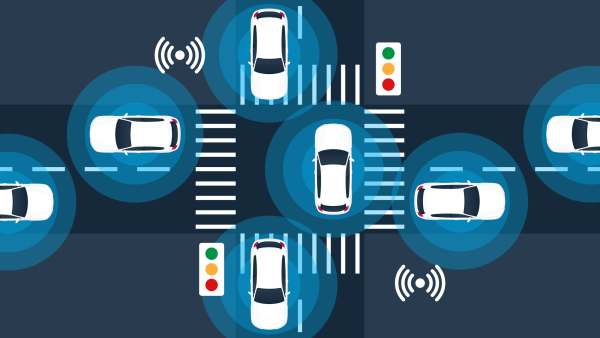How Telematics Improves Fleet Management
As the commercial fleet industry continues to grow, evolve and adapt, having the right tools in your vehicles can help with improved productivity and efficiency. To that end, there are a number of ways in which telematics improves fleet management.
As fleet safety managers and owners work to retain drivers and integrate systems, it’s essential to consider fleet efficiency and new engagement opportunities. To that end, telematics provides valuable insights and data, changing the game in fleet management technology.
What is Telematics?
Telematics brings together two key areas – telecommunications and informatics. Telematics devices collect and transmit data on commercial vehicle use. This includes maintenance requirements and servicing needs.
Using telematics, it is possible for fleet managers to coordinate the vehicles they manage. It also enables them to have a complete view of the profitability, health, and productivity of their fleet at any time.
How Telematics Improves Fleet Management
What does telematics do for your organization? When it comes to investing in fleet management software or solutions, understanding the direct impact on your business’s bottom line is critical. Here are a few ways that telematics can help you to do that.
Decreased Fuel Costs
With fuel costs on the rise, it is critical to have a plan in place to reduce operational costs. Telematics can help identify areas of waste. For example, it can help identify problems with fuel slippage and idling, both of which can increase costs dramatically.
Additionally, telematics enables better route planning and can create alternative routes that are more fuel (and time) efficient. Other examples of reducing unnecessary mileage and improving fuel efficiency using telematics include:
- Improving driver behaviours that often increase fuel costs, such as harsh braking, idling or speeding
- Creating maintenance schedules in a timely manner so as to reduce vehicle stress and improve overall engine health
Improving Overall Fleet Safety
Telematics improves the safety of your vehicles and your drivers, which contributes to your fleet’s financial gain, especially with regards to reducing insurance claims and accident-related liability claims.
A continuous feed of recorded video footage allows fleet managers to assess driving habits, and to provide live in-cab coaching when an event is triggered. Ongoing training and coaching is just one of the services that telematics provides, and is equally useful in the moment, or for creating better driving behaviour in the future.
Secondly, the same video footage can be collected and reviewed in the event of an incident, identifying who was at fault and potentially reducing false claims while lowering insurance premiums, all of which feed into the safety and security of your fleet.
Improved Productivity
Telematics includes real-time GPS data that can be used to reduce costs and improve operational efficiency. Directly and indirectly, this increases driver productivity.
Accurate, real-time data can identify delays due to traffic and create alternative routes. It can also help fleet managers plan for poor weather that may keep drivers off the road, allowing them to adjust timelines or routes to minimize risk.
In addition, telematics data provides a bird’s eye view of your fleet. If the office manager needs to add a new stop or change a destination, having a holistic overview of your vehicles’ activities can help.
Better Financial Management
Because telematics provides better insight into vehicle start and end times, it helps manage compliance requirements, such as hours of service (HOS).
From a business standpoint, telematics allows you to get the most out of your resources by identifying money going in and out of your fleet.
An Empowering and Essential Tool
Every fleet needs as much useful, targeted data about their vehicles as possible. Telematics can help organizations improve operational efficiency, save time and money.
At GoFleet, we have the telematics solution for your fleet, regardless of size. Contact us today to see how telematics can fit your organization.


